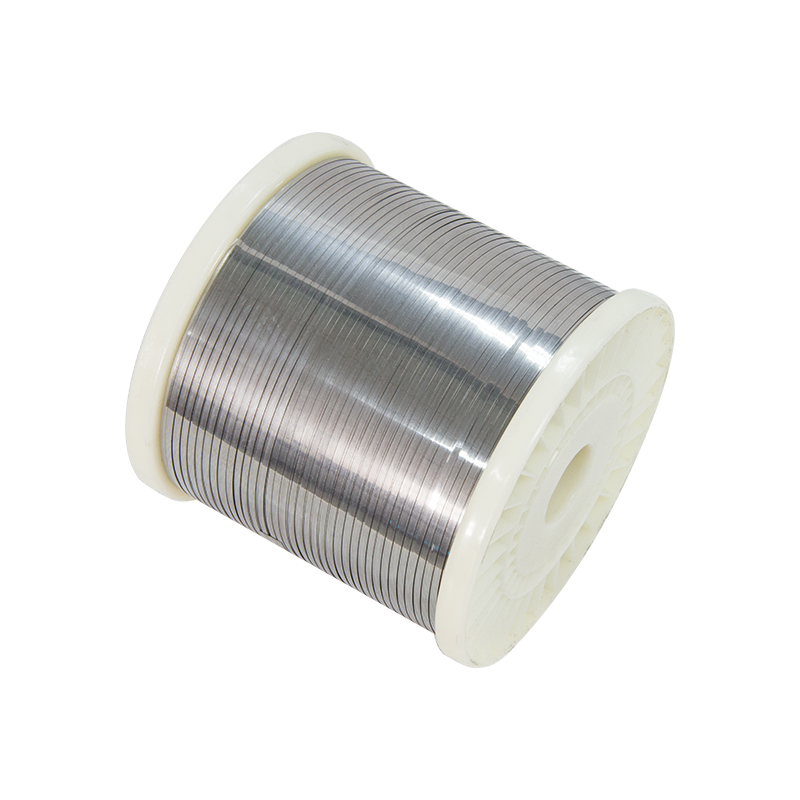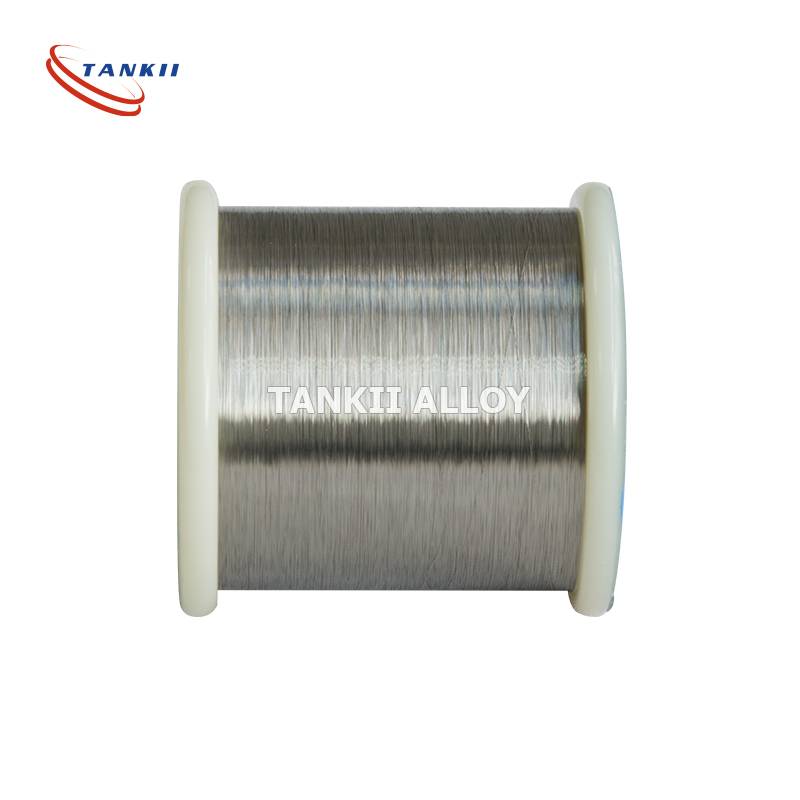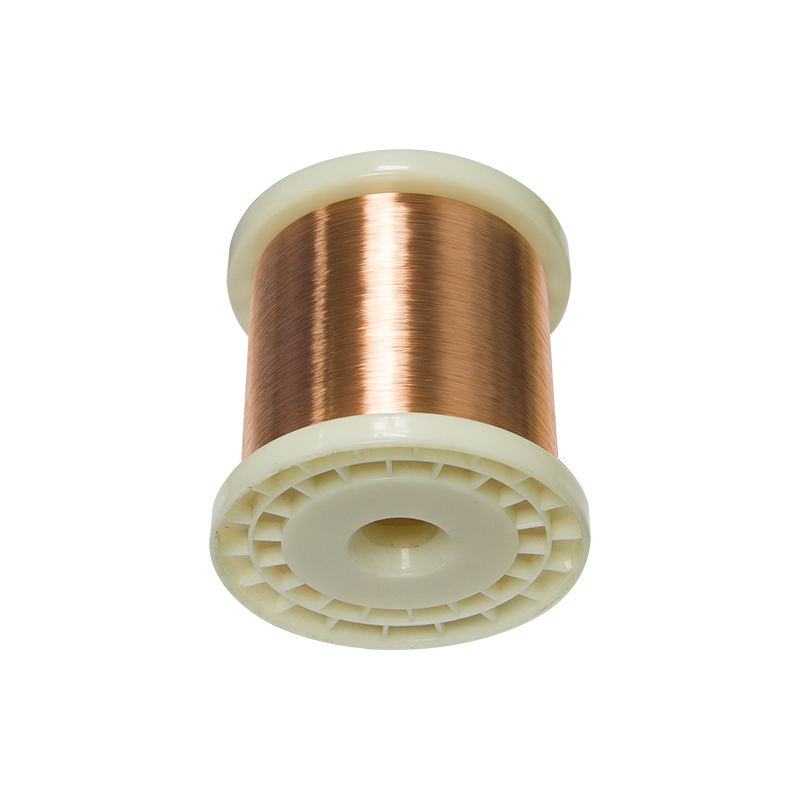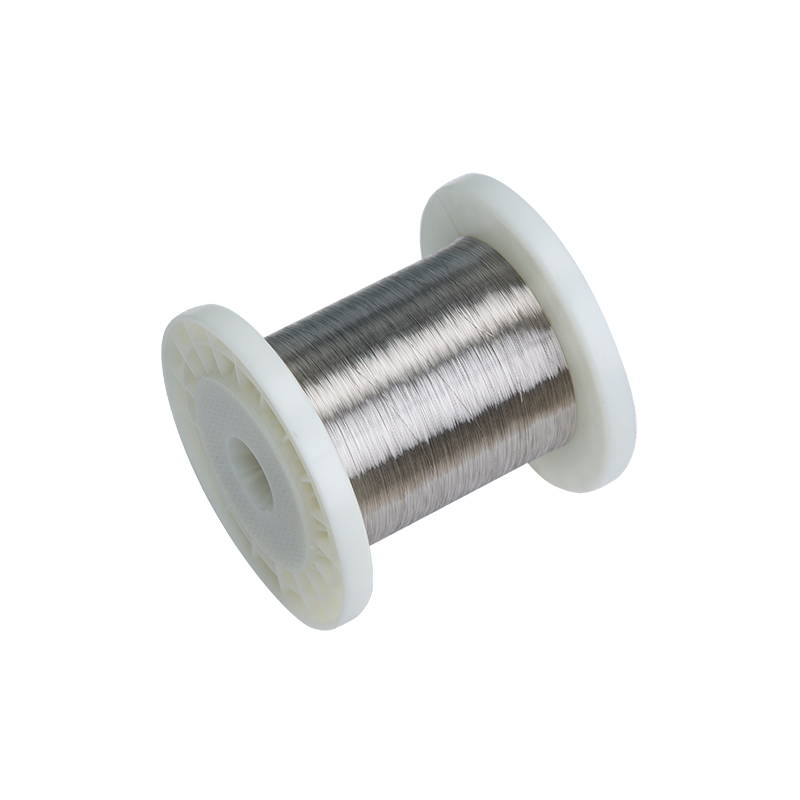Welcome to our websites!
W.Nr. 2.0802/CuNi2 soft flat wire copper nickle alloy low resistance wire
Copper-based heating resistance alloy wire has lower electrical resistance, good echanical ,excellent welding and anti-corrosion properties. It’s used to make the key components in the thermal overloaded relay, low resistance thermal circuit breaker, and the electrical appliances. It is also an important material for electrical heating cable.
Type of supply
| Type | Size | ||
| Round wire | D=0.06mm~8mm | ||
Main chemical composition (%)
| Nickel | 2 | Manganese | - |
| Copper | Balance |
Physical parameters
| Yield strength (Mpa) | Tensile strength (Mpa) | Elongation (%) | Density (g/cm3) | Resistivity (20℃) (Ω・mm2/m) |
Resistance temperature coefficient (20℃~600℃) 10-5/℃ |
Conductivity (20℃) (WmK) |
Electromotive force against copper (μV/℃ ) (0~100℃) | Expansion coefficient (20 ℃- 400℃) x10-6/K |
Specific heat capacity (20℃) (J/g・K) |
Melting point (℃) |
Max.operating temperature (℃) | Magnetism |
| 90 | 220 | 25 | 8.9 | 0.05 | <120 | 130 | -12 | 17.5 | 0.38 | 109 | 2 |
Copper nickel alloy has low electric resisitance, good heat-resistant and corrosion-resistant, easy to be processed and lead welded. It is used to make the key components in the thermal overload relay, low resistance thermal circuit breaker, and the electrical appliances. It is also an important material for electrical heating cable.
Write your message here and send it to us













